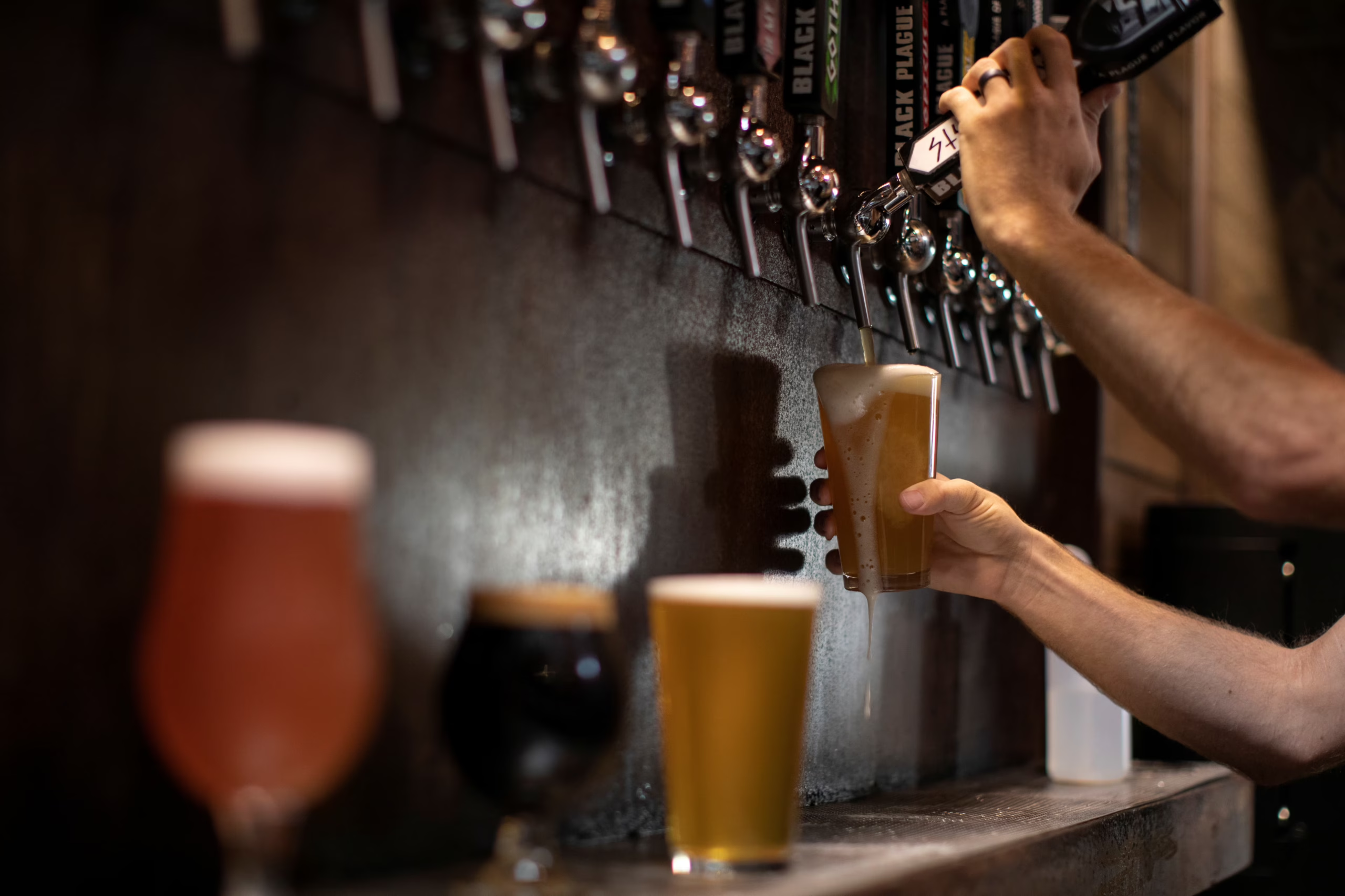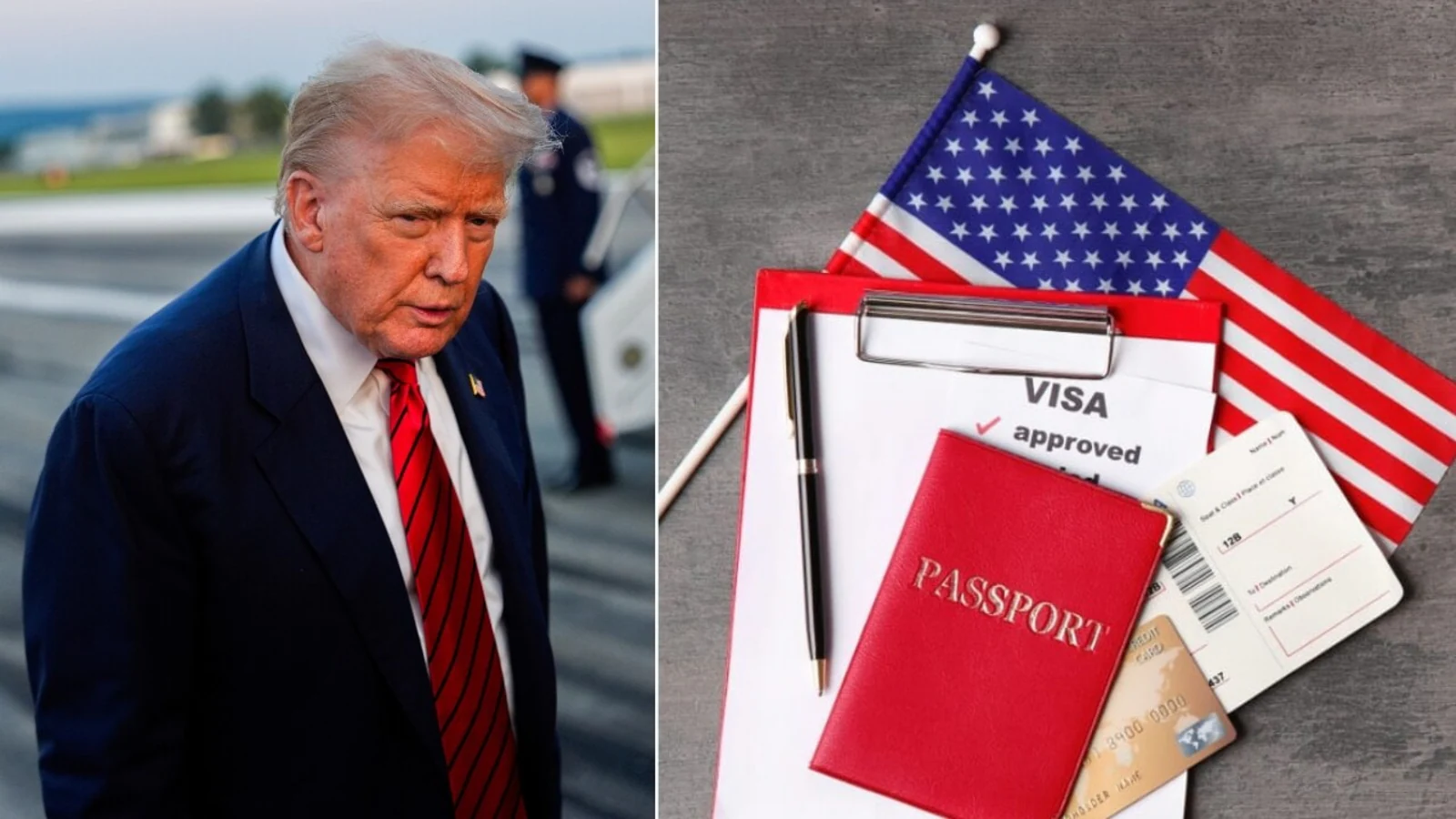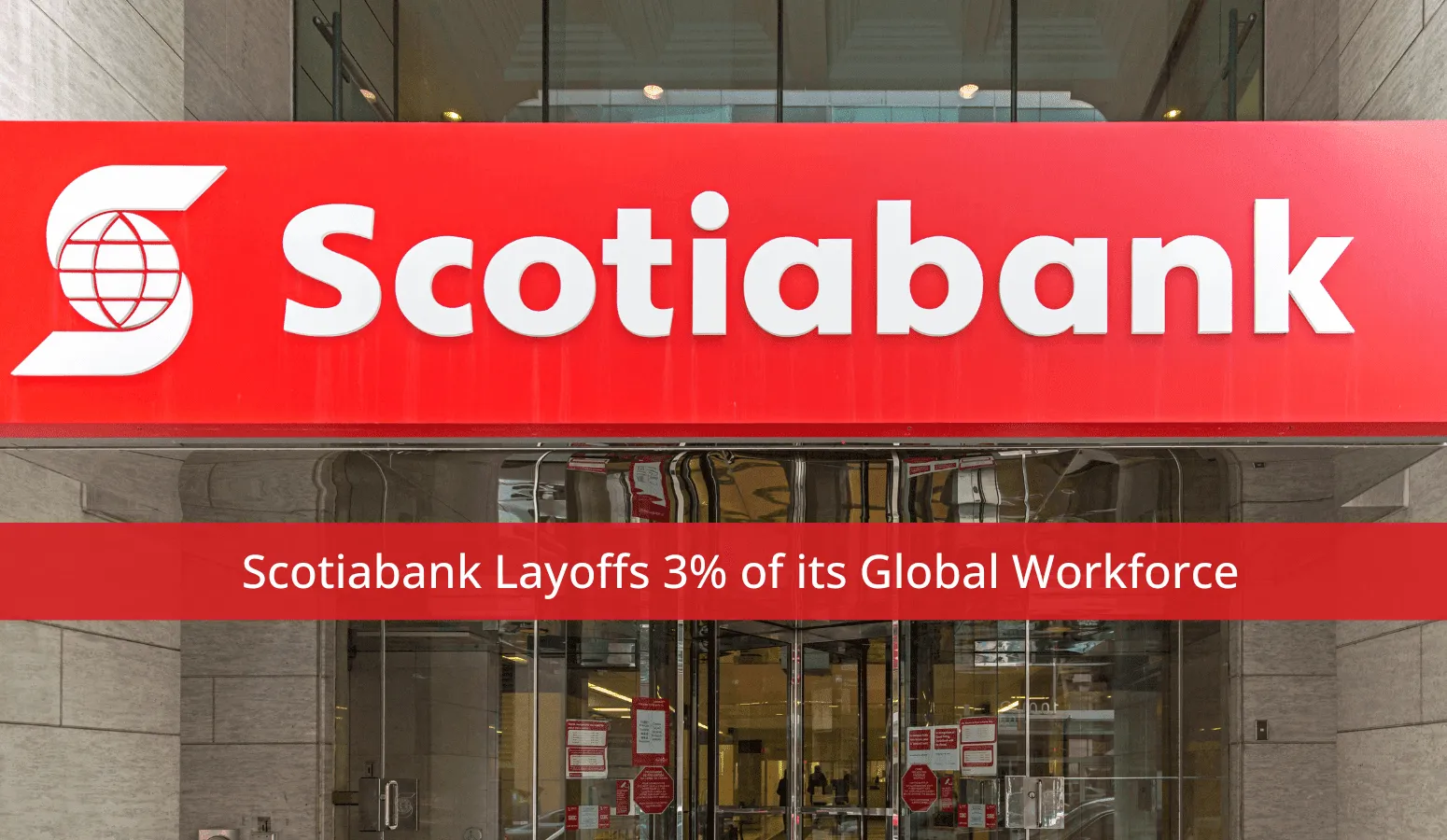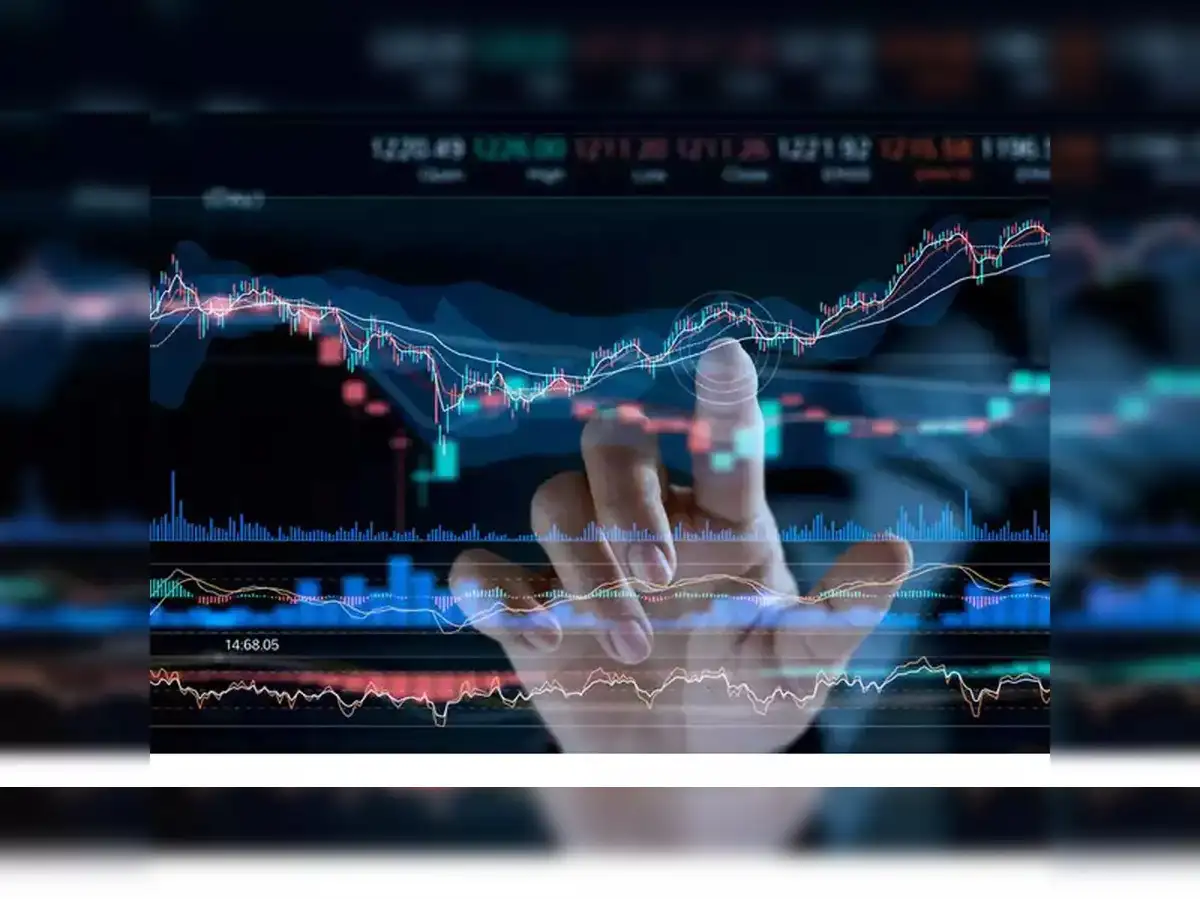
In recent years, the landscape of alcohol consumption in the United States has undergone a notable shift. According to a comprehensive survey highlighted by Yahoo News Canada, the nation is witnessing unprecedented declines in alcohol intake among adults. This trend is not only surprising but also indicates a potential transformation in societal attitudes toward health, wellness, and alcohol use. As the data continues to emerge, it’s crucial to understand the underlying factors driving this decline and its broader implications for public health, economy, and social behaviors.
The Surge of Health Awareness and Its Impact
Rising Concerns About Health Risks
One of the primary catalysts behind the decrease in alcohol consumption is the increasing awareness about the health risks associated with drinking. Over the past decade, there has been a surge in research linking alcohol intake to various chronic diseases, including liver cirrhosis, cardiovascular issues, and certain types of cancer. The media has played a significant role in disseminating this information, leading many Americans to reconsider their drinking habits.
Furthermore, the rise of wellness culture and health-centered lifestyles encourages individuals to prioritize their well-being above recreational drinking. This cultural shift is supported by public health campaigns emphasizing moderation or abstinence, as well as educational programs in schools and communities that highlight the detrimental effects of excessive alcohol consumption.
Influence of the COVID-19 Pandemic
The COVID-19 pandemic has been another pivotal factor affecting alcohol consumption patterns. Lockdowns, social distancing, and the closure of bars and social venues drastically altered social behaviors. Many individuals found themselves reevaluating their drinking habits, either reducing intake due to limited social opportunities or replacing alcohol with healthier alternatives such as exercise, hobbies, or mindfulness practices.
Additionally, the pandemic heightened awareness of mental health issues, prompting people to seek healthier coping mechanisms rather than turning to alcohol as a stress reliever.
Changing Social Norms and Demographics
Generation Shift and Lifestyle Changes
The demographic landscape of alcohol consumers is evolving. Younger generations, particularly Millennials and Gen Z, tend to drink less than their predecessors. This shift is driven by a multitude of factors, including changing social norms, increased health consciousness, and a preference for alternative recreational activities.
Moreover, there is a growing trend toward alcohol-free lifestyles or moderation. Many young adults are embracing non-alcoholic beverages, mocktails, and spiritual practices that discourage intoxicating substances.
Economic and Accessibility Factors
Economic considerations also play a role in this trend. The cost of alcoholic beverages has risen, making drinking less affordable for some segments of the population. Additionally, the rise of alcohol regulations, such as higher taxes and stricter licensing laws, has limited accessibility in certain regions, further contributing to the decline.
Implications for Public Health and Society
Improved Public Health Outcomes
The decline in alcohol consumption heralds positive outcomes for public health. Reduced drinking rates are associated with lower incidences of alcohol-related illnesses, fewer accidents, and decreased burden on healthcare systems. This trend can lead to long-term improvements in population health metrics and a decrease in alcohol-related mortality rates.
Economic Considerations
While the health benefits are promising, the decline also poses economic challenges for the alcohol industry. Breweries, wineries, and bars might experience decreased sales, prompting a reevaluation of marketing strategies and product offerings. The industry’s adaptation to these changes could include diversifying into health-oriented beverages, non-alcoholic drinks, or wellness products.
Future Outlook and Potential Trends
Continuing Decline and Its Sustainability
Experts predict that the downward trend in alcohol consumption may persist as health awareness continues to grow. Trends such as the rise of sober living, alcohol-free events, and wellness-focused communities are likely to reinforce this movement. However, social and cultural factors, as well as regional differences, will influence the extent of this decline.
Innovation in Beverage Industry
- Growth of Non-Alcoholic Beverages: The market for non-alcoholic spirits, beers, and wines is expanding rapidly, catering to consumers seeking flavor and social experiences without alcohol.
- Health-Conscious Product Development: Companies are developing products with health benefits, such as Kombucha, adaptogenic drinks, and functional beverages aimed at facilitating healthier lifestyles.
- Educational Campaigns: Continued efforts to educate the public about responsible drinking and the risks associated with alcohol will likely sustain the positive trend.
Conclusion
The record low levels of alcohol consumption in the US mark a significant societal shift, reflecting increased health awareness, changing social norms, and the impact of recent global events like the COVID-19 pandemic. While the decline presents benefits for public health, it simultaneously challenges the traditional alcohol industry to innovate and adapt. The collective movement toward healthier lifestyles suggests a promising future where well-being and responsible enjoyment are prioritized.
As research continues and societal attitudes evolve, it will be interesting to observe how these trends shape the cultural and economic fabric of the nation in the coming years.
For more updated news please keep visiting Prime News World.









